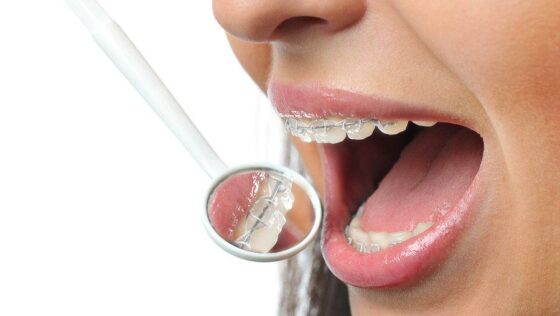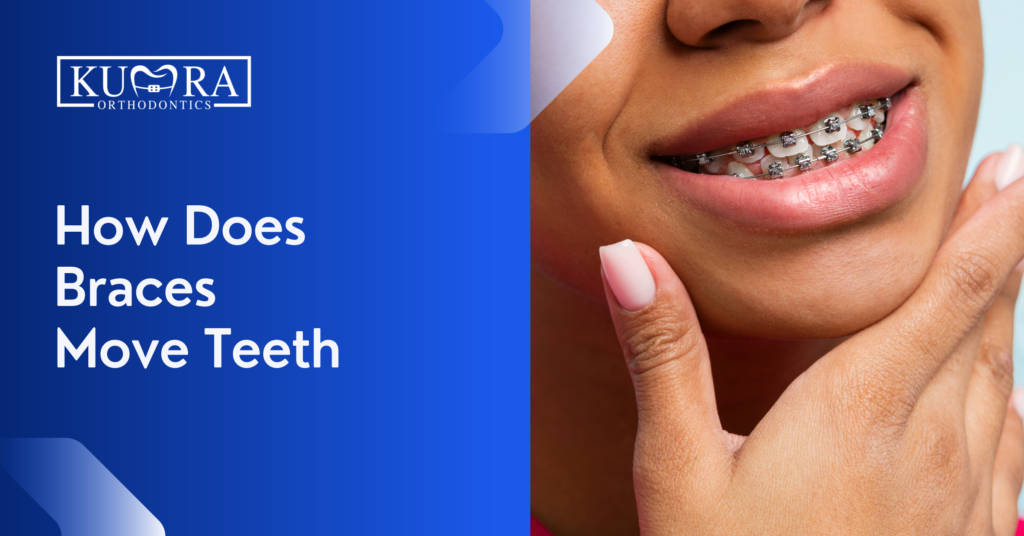The Only Guide to Legacy Orthodontics
The Only Guide to Legacy Orthodontics
Blog Article
The Facts About Legacy Orthodontics Uncovered
Table of ContentsThe Ultimate Guide To Legacy OrthodonticsEverything about Legacy OrthodonticsThe smart Trick of Legacy Orthodontics That Nobody is Talking AboutAbout Legacy OrthodonticsIndicators on Legacy Orthodontics You Need To Know
In enhancement, we supply adjustable treatment timetables, adaptable settlement alternatives and an enjoyable, pleasurable experience.An orthodontist is a dental practitioner trained to diagnose, avoid, and treat teeth and jaw irregularities. Orthodontists function with people of all ages, from kids to adults.
Malocclusion, or misaligned teeth, can lead to dental concerns, including dental cavity, gum tissue disease, and difficult or excruciating eating. Yet not everybody is born with straight teeth. If you have a poor bite or big spaces between your teeth, you might want to consult a dentist specializing in orthodontic care.
What Does Legacy Orthodontics Mean?
( Image Credit History: DigitalVision/Getty Images) Orthodontists make use of fixed and detachable dental gadgets, like braces, retainers, and bands, to alter the placement of teeth in your mouth. Orthodontic therapy is for dental irregularities, consisting of: Crooked teethBite problems, like an overbite or an underbiteCrowded teeth or teeth that are also far apartJaw misalignmentThe objective of orthodontic therapy is to improve your bite.
While you could think of orthodontists as primarily for kids or teens who need braces, they can remedy dental problems at any kind of age. Orthodontists go to college, oral institution, and orthodontic school.
, yet not all dentists are orthodontists. They focus on two locations: Exactly how to appropriately and safely relocate teeth Just how to effectively guide advancement in the teeth, jaw, and faceOnce an orthodontist has finished training, they have the choice to end up being board certified.
Top Guidelines Of Legacy Orthodontics
Malocclusion leads to tooth congestion, a misshapen jaw, or uneven bite patterns. Malocclusion is normally treated with: Your orthodontist connects steel, ceramic, or plastic square bonds to your teeth.
If you have only small malocclusion, you might have the ability to use clear braces, called aligners, rather of conventional braces (https://justpaste.it/i3u89). Some individuals require a headgear to assist move teeth right into line with pressure from outside the mouth. After dental braces or aligners, you'll need to wear a retainer. A retainer is a customized tool that maintains your teeth in position.
They can produce extra space in the mouth without having to pull teeth. Orthodontists use cables, medical screws, or plates to support your jaw bone.
You may require to see an orthodontist if you have: Crowding or otherwise sufficient room for every one of your teethOverbite, when your upper teeth come your base teethUnderbite, when your bottom teeth are also much forwardSpacing or concerns with gapsCrossbite, which is when your upper teeth fit behind your bottom teeth when your mouth is closedOpen bite or a vertical space between your front bottom and upper teethMisplaced midline, when the facility of your base and upper teeth do not line up Correcting a dental malocclusion can: Make biting, chewing, and talking easierImprove the symmetry of our face and your overall appearanceEase discomfort from temporomandibular joint disordersSeparate your teeth and make them easier to clean, helping stop dental caries or cavities It's typically a dental professional that initially notifications misaligned teeth during a routine test.
The 9-Second Trick For Legacy Orthodontics

During your initial orthodontic examination, you'll likely have: A dental examPhotos taken of your face and smileDental X-raysPanoramic (360 level) X-rays of your face and headImpressions to create molds of your look these up teethThese tests will certainly help your orthodontist know exactly how to wage your treatment. leesburg braces. An orthodontist is a dental expert that's had training to treat your teeth and jaw
An orthodontist is concentrated on your bite, so something like a chipped tooth would be handled by a dental practitioner. Orthodontists are concentrated on your bite, or the way your teeth fit with each other, and the straightness of your teeth.
Ever asked yourself exactly how celebs constantly appear to have perfectly lined up teeth? The solution typically hinges on the skilled hands of an orthodontist. What precisely does an orthodontist do? Orthodontists are oral specialists that concentrate on remedying irregularities in the teeth and jaws. Their know-how exceeds just creating a lovely smile; it reaches boosting your general oral health and wellness and feature.
Getting My Legacy Orthodontics To Work

, orthodontists have a diverse toolkit at their disposal. These tried-and-true dental braces utilize a system of brackets bonded to the teeth and attached by wires.
Clear aligners, like Invisalign, are a popular choice for patients looking for an extra discreet treatment choice. These detachable trays are personalized to considerably shift the teeth's position. Headgear might be utilized together with dental braces or aligners to use extra targeted pressures, especially for remedying jaw discrepancies. In cases of narrow jaws, palatal expanders can be used to produce space for proper tooth placement.
Report this page